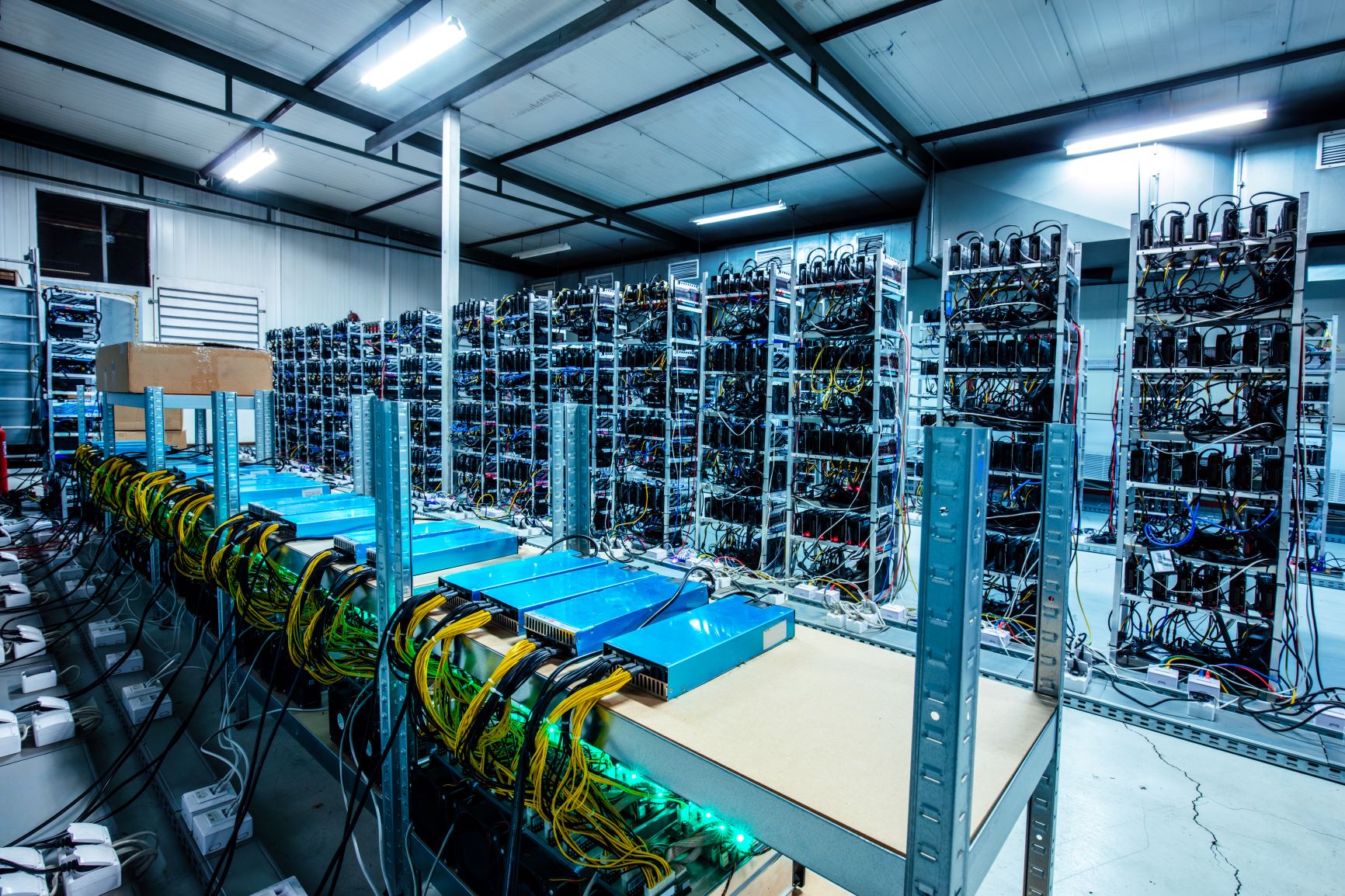Litecoin
A Peer-to-Peer Internet Currency
What is Litecoin?
Litecoin is a peer-to-peer currency that enables instant, near-zero cost payments on a decentalized network. Under the MIT/X11 license this open source software project started in October 2011 as an altcoin or alternate to Bitcoin. Litecoin is sometimes refered to as "silver to Bitcoin's gold", for the reasoning that it sacrifices some of Bitcoin's hard properties to increase speed and onchain throughput.
How does Litecoin work?
Litecoin was forked from the Bitcoin codebase with a few key things changed, but it essentially works much the same way as Bitcoin. It uses a distributed ledger to record all transactions publicly. A user broadcasts their transaction on the peer-to-peer network, and miners compete to add new blocks of transactions to the ledger. Miners are incentivised by a combinatin of block subsidies and transaction fees.
Litecoin has a maximum supply of 84 million LTC
LTC Circulating Supply
LTC Market Dominance
Average Block Time
Who Created Litecoin
Litecoin was released as an open-source project in October 2011 by Charlie Lee. The idea of Litecoin was not to be a competitor to Bitcoin, but to complement it by having a currency more suited for smaller transactions.
The project was released to the public so it could be fairly mined from the beginning, rather than the founder granting themselves a large premine as compensation.

How Many LTC Are There
Litecoin has been mined continuously from its release in 2011 and almost 65 million LTC have already been minted.
The maximum supply is 84 million LTC. New coins follow an emmision schedule similar to Bitcoins, with halvings approximately every 4 years.
How Are New LTC Created
New LTC are added to the system through the process of mining. Miners are rewarded with both the block subsidy and transaction fees for their role in securing the network. The current block subsidy is 6.25 LTC.
Mining is the only way new coins can be minted and added to the supply.

Differences From Bitcoin
While Litecoin is very similar to Bitcoin, there are a few differences which dramatically change the economic and security models.
- The block times were reduced to average 2.5 minutes. This change means that the throughput of onchain transactions is quadrupled while keeping the blocksize the same.
- To compensate for more frequent blocks, the supply cap was quadrupled to 84 million LTC.
- The mining algorithm was changed to use Scrypt. This was initially done to avoid ASICs (Application Specific Integrated Circuits) being used to mine on the Litecoin Network, which would disadvantage miners with less powerful hardware. Eventually though, Scrpyt capable ASICs were developed and are now used to mine LTC.
LTC to AUD with LRoS
Pay Your Bills With Litecoin
Create Bill
Enter the payment details for your Bpay bill or Bank Account payment.
Send LTC Transaction
Send the exact LTC amount to the Litecoin address we generate.
Bill Paid
When your LTC transaction is confirmed, your bill is paid!
Pay Any Australian Bill With Litecoin. Instantly.
Convert Litecoin to AUD the easy way
Turn your Litecoin directly into dollars in your bank with Australia's trusted bill payments platform. Sell your LTC quickly and easily with Living Room of Satoshi.
Pay bills with the top cryptocurrencies
Litecoin is just one of many digital currencies you can use to pay your bills at LRoS. Choose your favourite coin from the list to get started!


